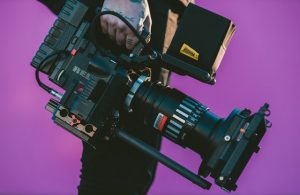Module 4, Entry 5
This article discusses four community based digital storytelling projects, and explores the strategies for creating and designing Indigenous digital stories. Examples of projects include:
A’tugwet: Discovering the Culture That Is Immune to Time – For this project students interviewed Elders and community members to learn about Mi’Kmaw history.
The Forest of the Trees: Teachings and Learning from the Southwest Nova Biosphere Resource. For this project, students interviewed scientists, loggers, and Mi’Kmaw community members to learn about various perspectives on the trees and forests of the area.
The article also discusses the importance and challenges of editing and design strategies in recreating stories told by Indigenous Elders and knowledge keepers. As stories are transformed through the editing process, media makers must consider how factors such as the speed of the video, sound levels, narrations, addition of visuals, and sound effects can transform the meaning of stories.
Click on the link below to preview the article:



